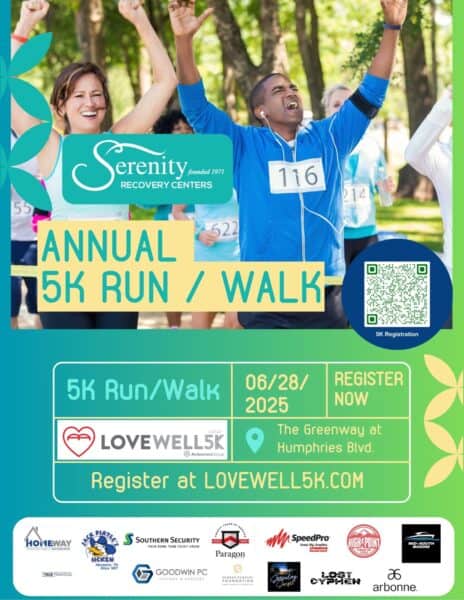Art therapy has emerged as a powerful tool in addiction treatment, offering individuals a unique pathway to healing through creative expression. This therapeutic approach combines traditional counseling methods with artistic activities, providing a holistic avenue for recovery that addresses both emotional and psychological aspects of addiction.
Understanding Art Therapy in Addiction Recovery
Art therapy in addiction treatment involves using various creative mediums – from painting and drawing to sculpture and collage – to help individuals express feelings, process trauma, and develop healthy coping mechanisms. This form of therapy proves particularly valuable for those who struggle to verbalize their emotions or experiences.
The therapeutic process isn’t about creating masterpieces; rather, it’s about the journey of self-discovery and healing through artistic expression. Certified art therapists guide participants through activities designed to promote introspection, emotional release, and personal growth.
The Science Behind Creative Expression in Recovery
Research shows that engaging in artistic activities can reduce stress hormones like cortisol while increasing feel-good neurotransmitters such as dopamine and serotonin. This biological response helps counter the chemical imbalances often present during addiction recovery.
Moreover, art therapy activates multiple brain regions simultaneously, promoting neural plasticity – the brain’s ability to form new connections and pathways. This neurological engagement supports cognitive healing and emotional regulation, crucial components in sustained recovery.
Key Benefits of Art Therapy in Addiction Treatment
- Provides a non-verbal outlet for complex emotions and experiences
- Reduces anxiety and stress associated with recovery
- Builds self-esteem and confidence through creative accomplishment
- Offers healthy coping mechanisms for triggering situations
- Facilitates group bonding in therapeutic settings
- Helps process trauma without requiring verbal expression
Common Art Therapy Techniques in Recovery
Several effective art therapy techniques are commonly employed in addiction treatment programs:
1. Mandala Creation
Drawing mandalas – circular, symbolic designs – helps promote mindfulness and reduce anxiety. This meditative practice allows individuals to focus on the present moment while expressing their emotional state through color and pattern choices.
2. Self-Portrait Work
Creating self-portraits at different stages of recovery helps individuals visualize their progress and explore their changing identity. This technique often reveals profound insights into self-perception and personal growth.
3. Emotion Mapping
Using colors, shapes, and symbols to represent different emotions helps individuals better understand and communicate their feelings. This technique proves particularly valuable for those who struggle with emotional identification and expression.
4. Recovery Journey Collages
Creating collages that represent the recovery journey helps individuals process their past experiences while visualizing their hopes for the future. This technique combines goal-setting with emotional processing.
Integration with Traditional Treatment Methods
Art therapy works most effectively when integrated with traditional addiction treatment approaches. It complements individual counseling, group therapy, and other evidence-based practices by providing an additional avenue for emotional expression and healing.
The combination of verbal and non-verbal therapeutic approaches creates a more comprehensive treatment experience, addressing different aspects of addiction and recovery through varied modalities.
Measuring Success in Art Therapy
Success in art therapy isn’t measured by artistic skill or output quality. Instead, therapists evaluate progress through:
- Increased emotional awareness and expression
- Enhanced ability to cope with triggers and stress
- Improved self-esteem and self-awareness
- Greater engagement in the recovery process
- Development of healthy creative outlets
The Role of Group Art Therapy
Group art therapy sessions offer unique benefits in addiction treatment. Sharing creative experiences with peers helps build community, reduce isolation, and provide mutual support. Group sessions also allow individuals to learn from others’ experiences and perspectives while developing social skills essential for long-term recovery.
Looking to the Future
As addiction treatment continues to evolve, art therapy’s role continues to expand. New techniques incorporating digital art and virtual reality are emerging, offering innovative ways to engage in creative therapeutic expression.
At Serenity Recovery Centers, we believe in the transformative power of creative expression in addiction recovery. Our certified art therapists work alongside our clinical team to provide comprehensive, personalized treatment programs that address the whole person – mind, body, and spirit. If you or a loved one is struggling with addiction, contact us to learn more about how our art therapy program can support your journey to recovery.
